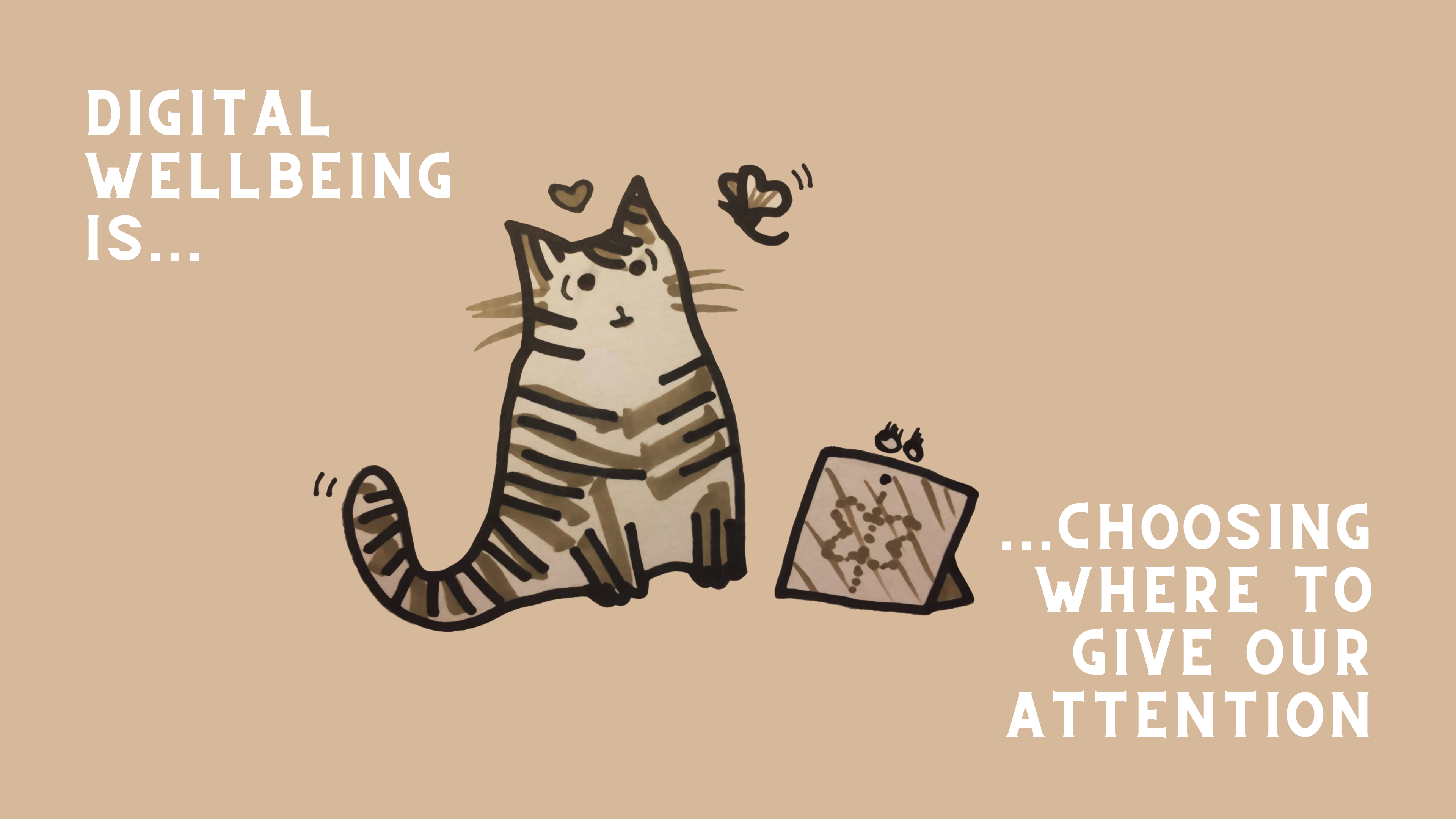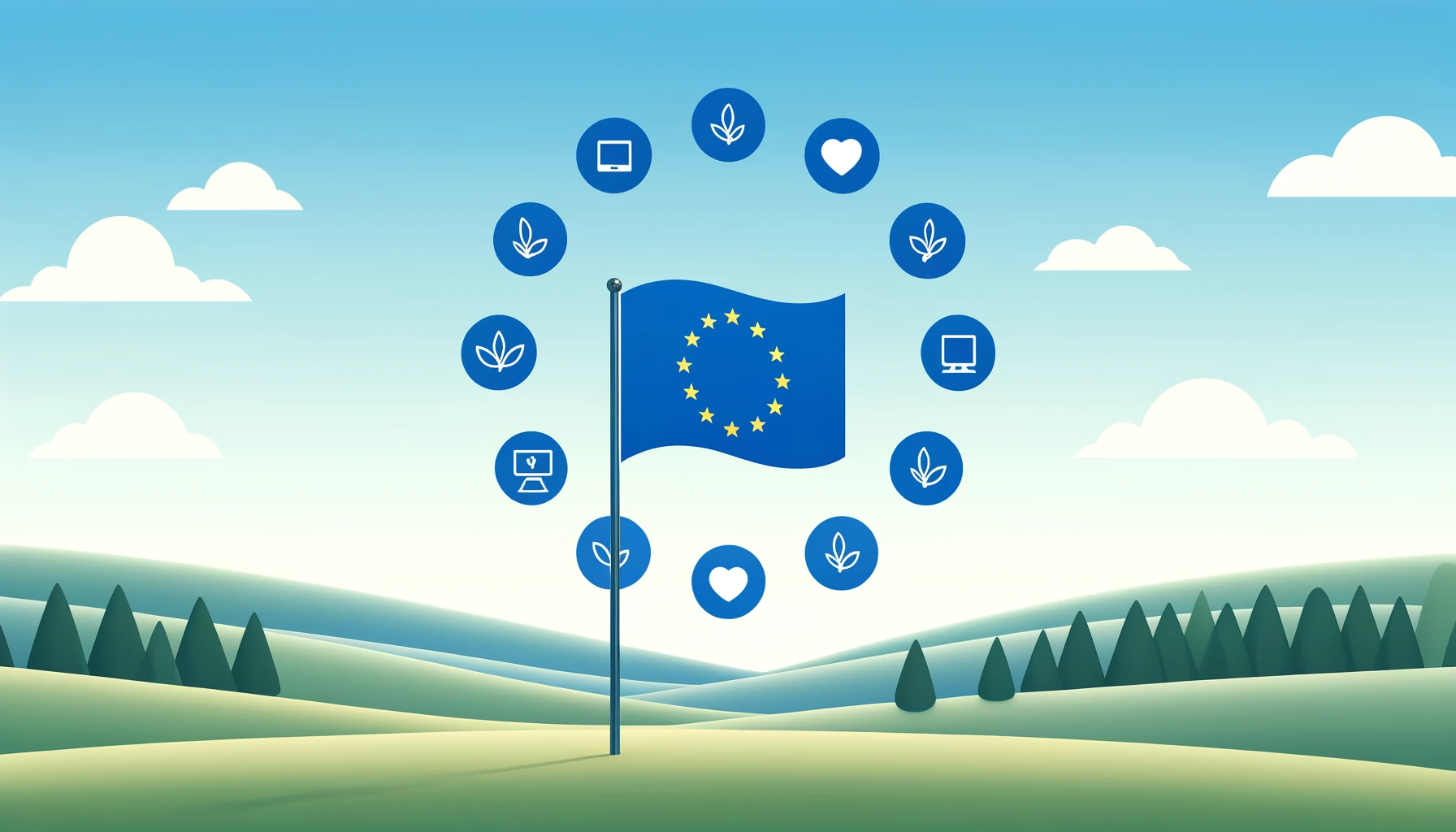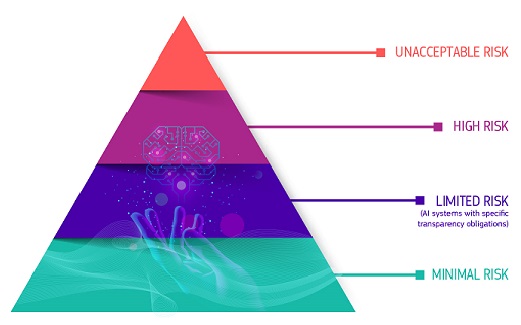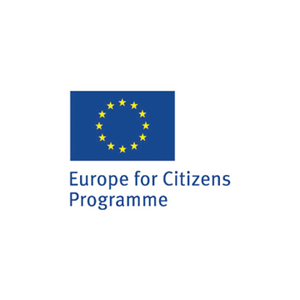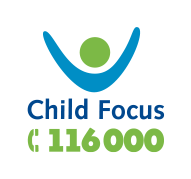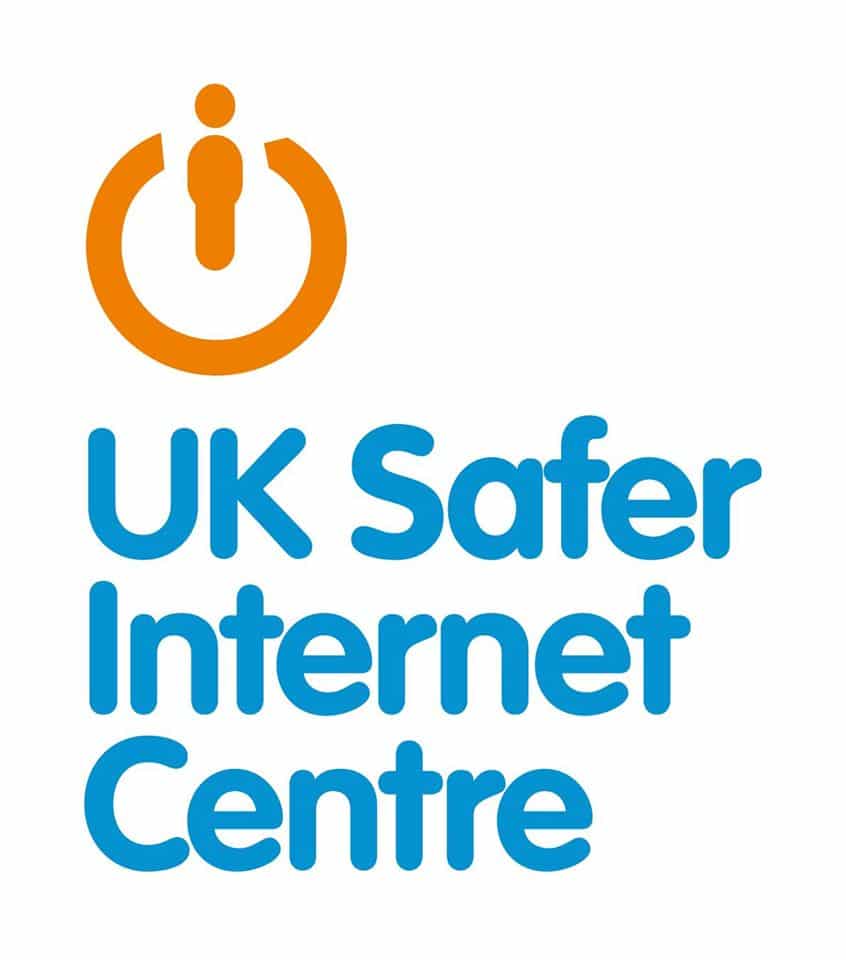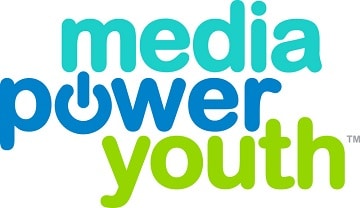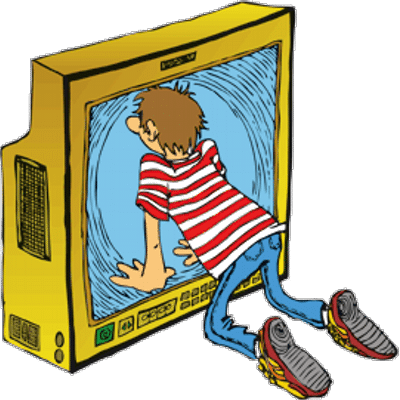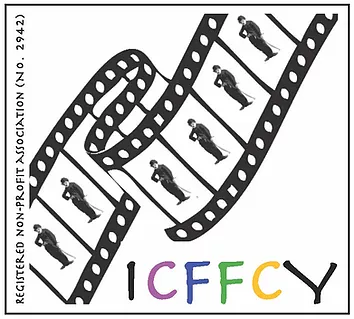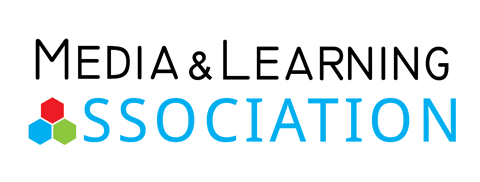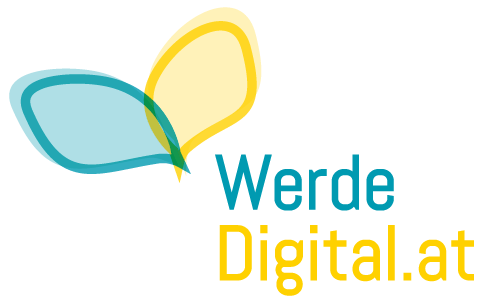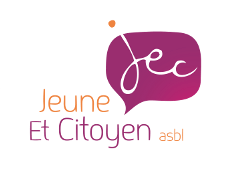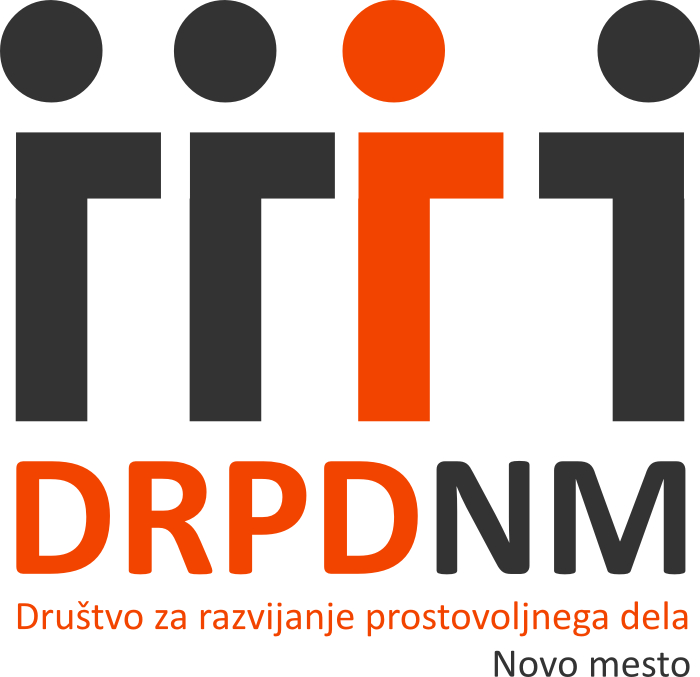–
We are currently spending more than a quarter of waking hours online, amounting to a staggering 6 hours and 40 minutes online each day.
A significant chunk of this time is spent fostering connections and sharing experiences through social media, globally accounting for 56.6%. Now it is easier than ever to connect across geographical boundaries, foster critical thinking, establish professional relations and simply keep in touch with friends you haven’t seen in a while.
But how did the use of social media impact the way we interact with others when there is no screen in between?
Paradoxically, socializing in the digital sphere is associated with decreased social skills in real life.
Non-verbal cues, such as body language, facial expressions, and tone of voice are often lost in the digital realm. Not trained to read them, young people find it increasingly difficult to efficiently communicate face-to-face.
The life one lives offline does not necessarily mirror the online presence: someone could easily have a couple of hundred online friends and not even a few in real life. The personality people choose to present online is carefully chosen, while conversations are seldom curated. Hence, some people might feel vulnerable and intimidated when faced with an unfiltered interaction.
Not trying to deny or escape the new digital reality, what matters is understanding its possible pitfalls and nurturing meaningful, in-person connections. For instance, allowing yourself to be more “real” online and not shying away when face-to-face interactions present themselves could be a good first step towards improving your social skills, both on and offline.
–
References:
Most popular reasons for using the internet worldwide as of 4th quarter 2023.
The Impact of Technology on Social Skills.
The parallels between adolescents’ online and offline lives.
–
We are currently spending more than a quarter of waking hours online, amounting to a staggering 6 hours and 40 minutes online each day.
A significant chunk of this time is spent fostering connections and sharing experiences through social media, globally accounting for 56.6%. Now it is easier than ever to connect across geographical boundaries, foster critical thinking, establish professional relations and simply keep in touch with friends you haven’t seen in a while.
But how did the use of social media impact the way we interact with others when there is no screen in between?
Paradoxically, socializing in the digital sphere is associated with decreased social skills in real life.
Non-verbal cues, such as body language, facial expressions, and tone of voice are often lost in the digital realm. Not trained to read them, young people find it increasingly difficult to efficiently communicate face-to-face.
The life one lives offline does not necessarily mirror the online presence: someone could easily have a couple of hundred online friends and not even a few in real life. The personality people choose to present online is carefully chosen, while conversations are seldom curated. Hence, some people might feel vulnerable and intimidated when faced with an unfiltered interaction.
Not trying to deny or escape the new digital reality, what matters is understanding its possible pitfalls and nurturing meaningful, in-person connections. For instance, allowing yourself to be more “real” online and not shying away when face-to-face interactions present themselves could be a good first step towards improving your social skills, both on and offline.
–
References:
Most popular reasons for using the internet worldwide as of 4th quarter 2023.
The Impact of Technology on Social Skills.
The parallels between adolescents’ online and offline lives.
–
We are currently spending more than a quarter of waking hours online, amounting to a staggering 6 hours and 40 minutes online each day.
A significant chunk of this time is spent fostering connections and sharing experiences through social media, globally accounting for 56.6%. Now it is easier than ever to connect across geographical boundaries, foster critical thinking, establish professional relations and simply keep in touch with friends you haven’t seen in a while.
But how did the use of social media impact the way we interact with others when there is no screen in between?
Paradoxically, socializing in the digital sphere is associated with decreased social skills in real life.
Non-verbal cues, such as body language, facial expressions, and tone of voice are often lost in the digital realm. Not trained to read them, young people find it increasingly difficult to efficiently communicate face-to-face.
The life one lives offline does not necessarily mirror the online presence: someone could easily have a couple of hundred online friends and not even a few in real life. The personality people choose to present online is carefully chosen, while conversations are seldom curated. Hence, some people might feel vulnerable and intimidated when faced with an unfiltered interaction.
Not trying to deny or escape the new digital reality, what matters is understanding its possible pitfalls and nurturing meaningful, in-person connections. For instance, allowing yourself to be more “real” online and not shying away when face-to-face interactions present themselves could be a good first step towards improving your social skills, both on and offline.
–
References:
Most popular reasons for using the internet worldwide as of 4th quarter 2023.
The Impact of Technology on Social Skills.
The parallels between adolescents’ online and offline lives.

